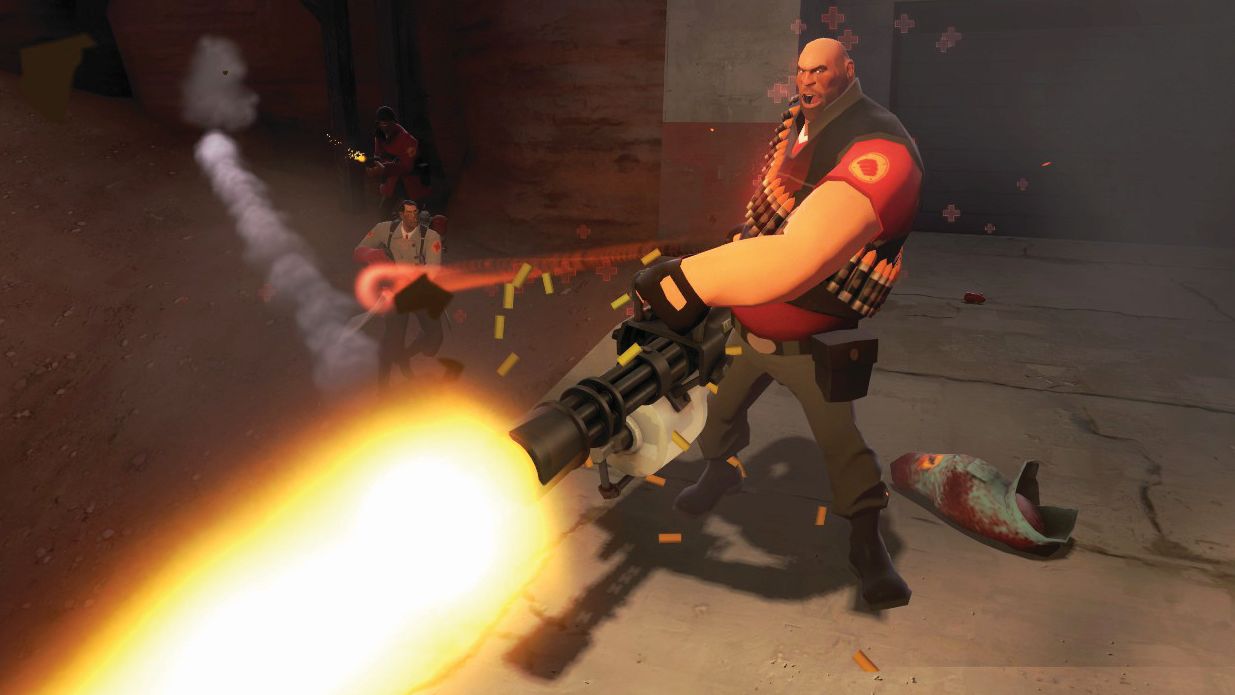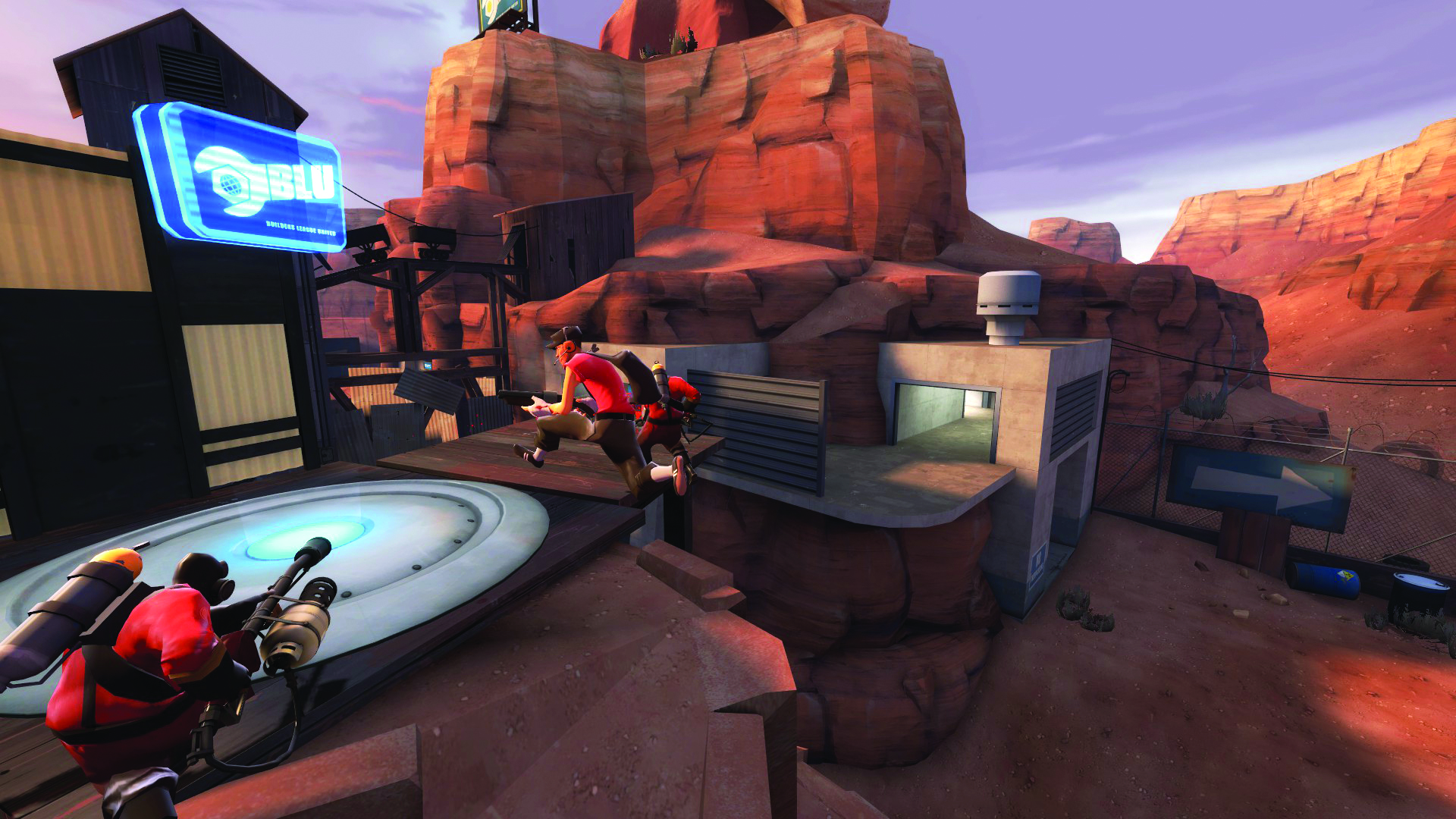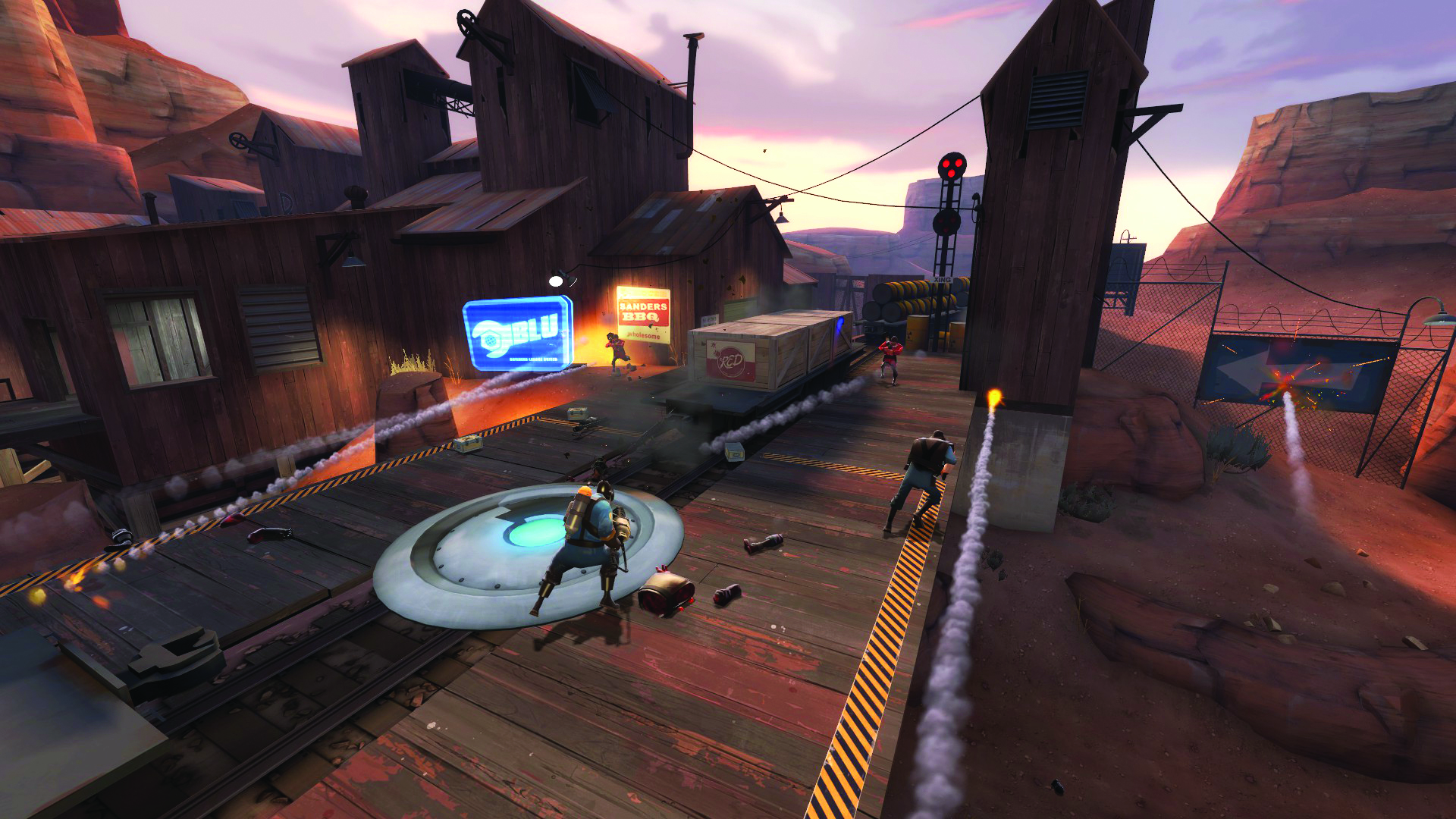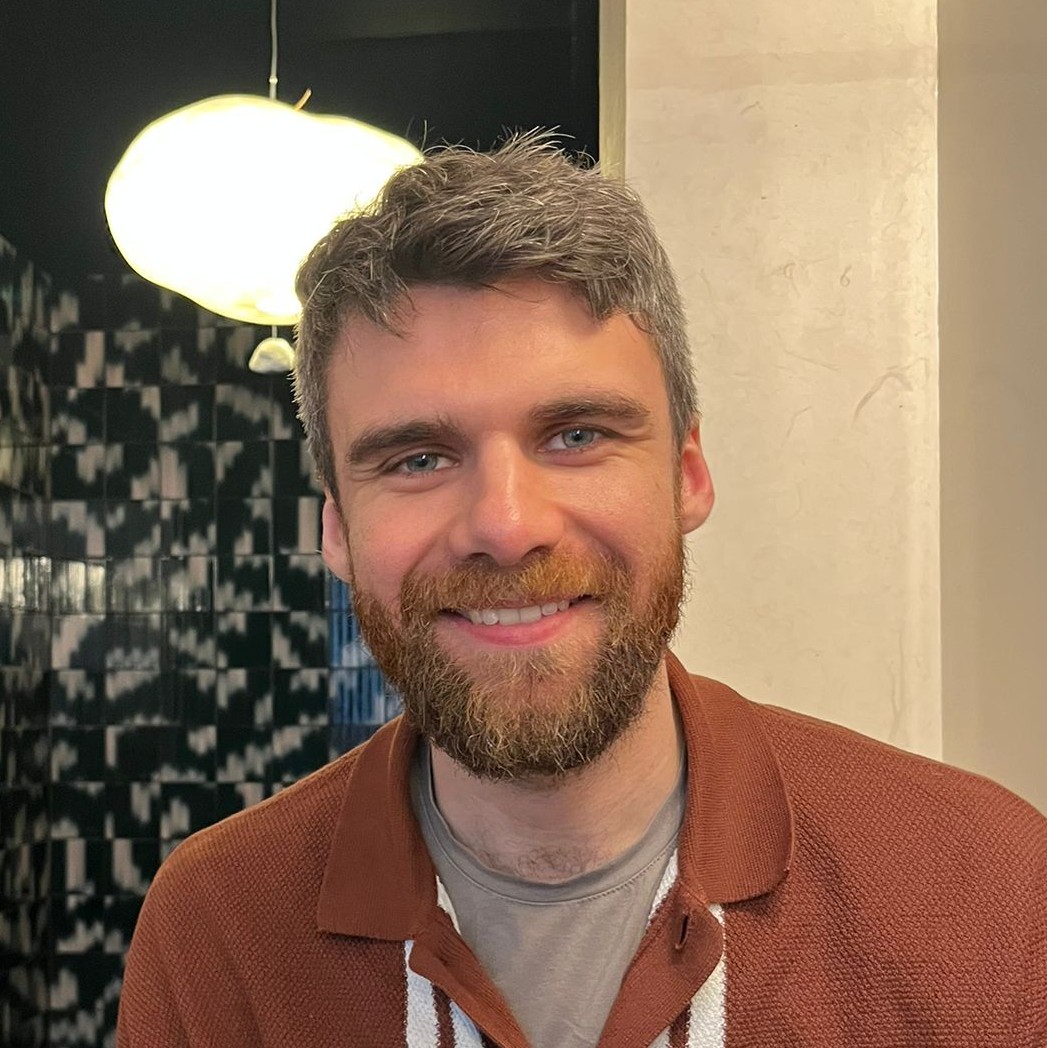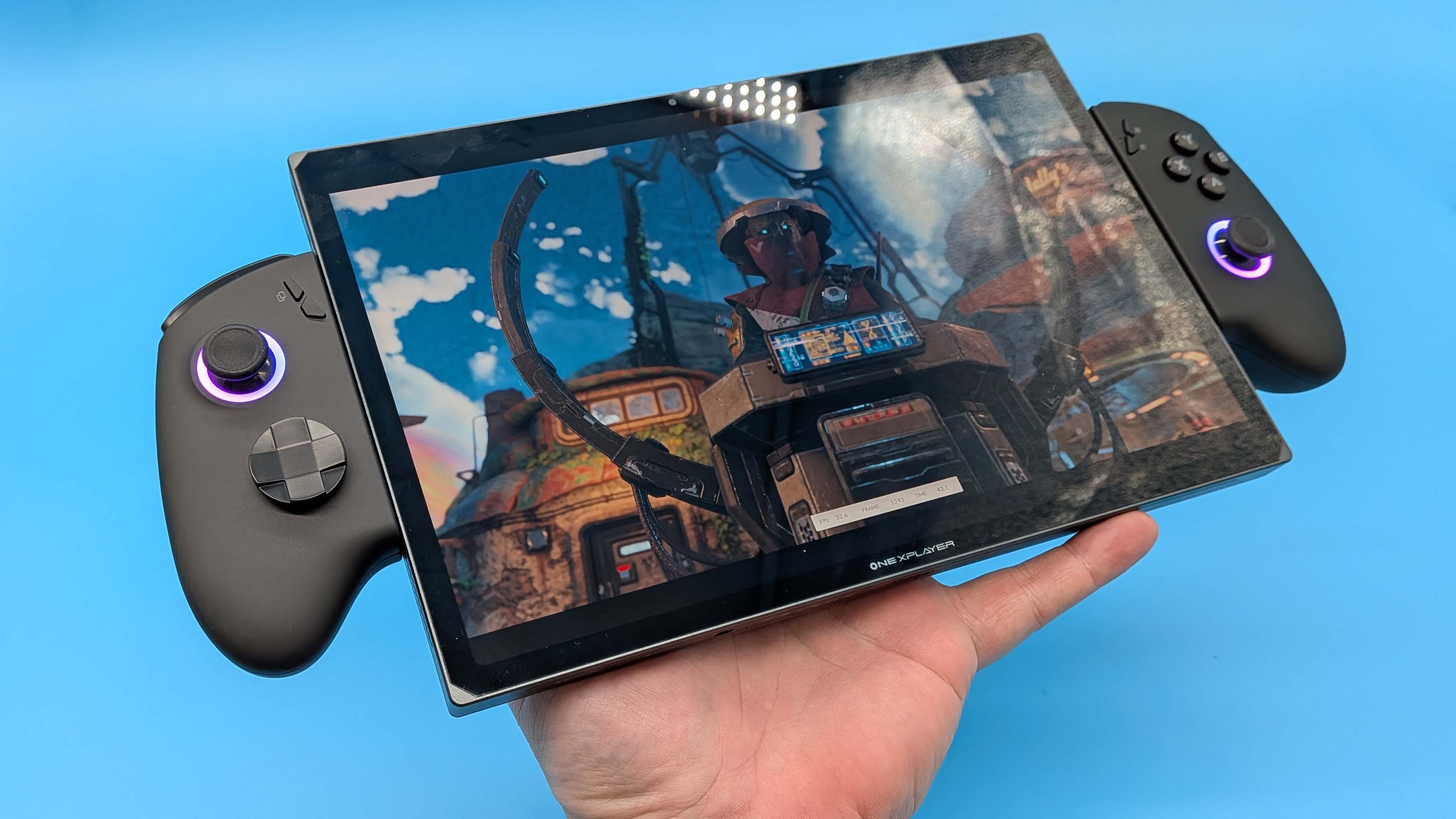Why I love playing control point on Team Fortress 2's Badlands
Paying tribute to the most chaotic map of Valve’s team shooter.
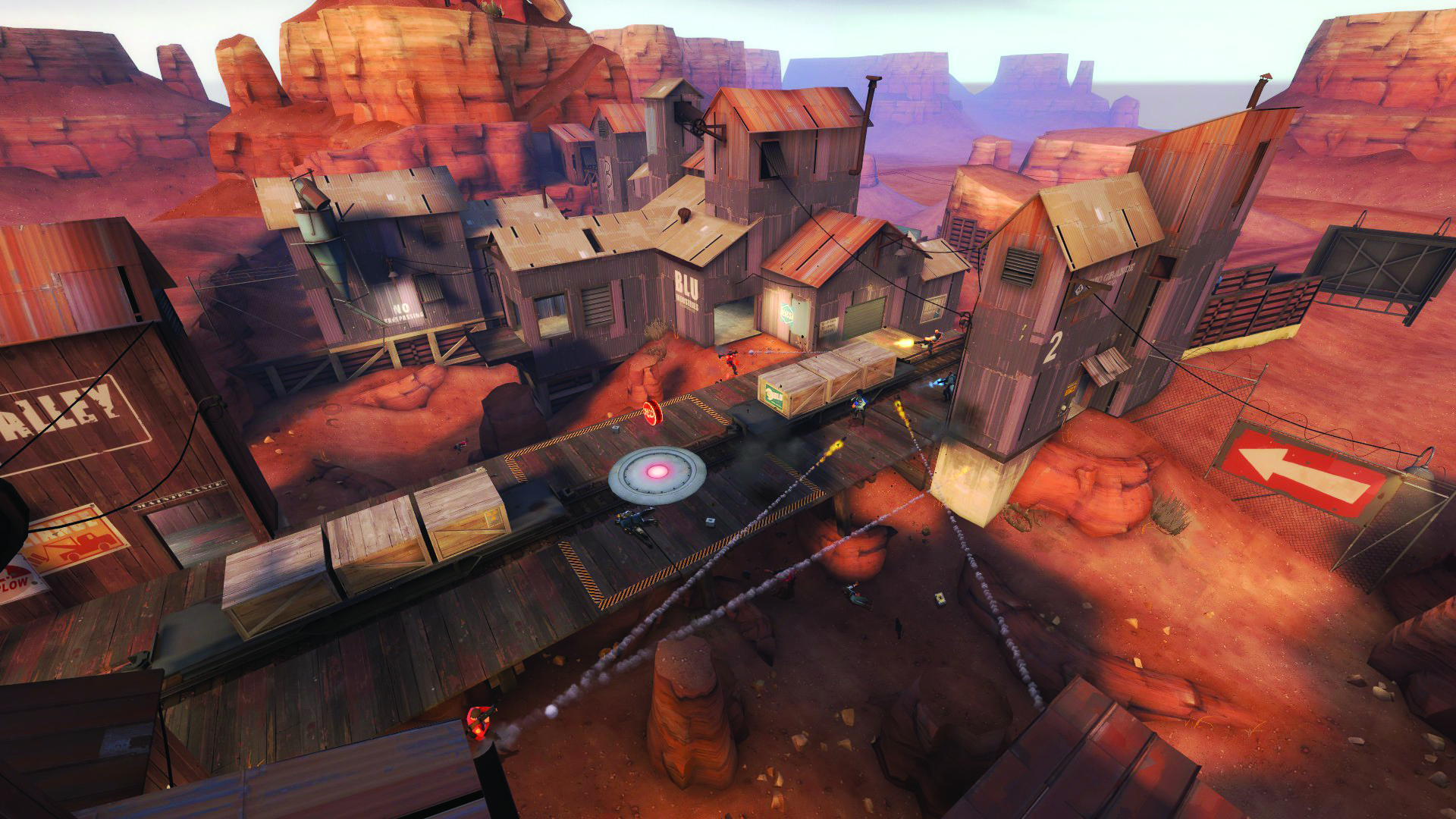
In Why I Love, PC Gamer writers pick an aspect of PC gaming that they love and write about why it's brilliant. Samuel Horti returns to the splendid cp_Badlands.
Nine years. That’s how long I’ve been running around cp_badlands, and it’s never once felt stale. Added to Team Fortress 2 in 2008, it quickly became a staple of the Control Point mode, where teams are tasked with sequentially capturing five areas of the map and pushing the enemy team back towards their own spawn building.
It’s a remake of a Capture The Flag map from Team Fortress Classic and it shows, retaining two large bases at either end. Between them lies everything you could ever want as a TF2 player: long sight lines for the Sniper, vantage points for the rocket-jumping Soldier, and hidey-holes where a Spy can lurk in wait of a wandering opponent’s back.
That’s pretty standard for official maps, which are fairly well designed, but there are a couple of things that set Badlands apart. On most maps, it feels as if the control points have been plonked down and the terrain built around them. In Badlands, they feel almost incidental parts of a wider arena, itself designed to give combat as much variety as possible.
Take the area around the central point: the point is on a bridge, and below lies a wide valley where players can fight around and between the supports. To the left and right of the bridge are safe houses, with balconies that overlook the area.
It’s a vast space, and at any one time you can expect three or four secondary fights alongside the main battle for the point. Scouts duke it out with their Scatterguns for control of the area below, snipers camp in their buildings trying to take each other’s heads off, and, inevitably, a flanking Heavy wraps around to come at the opposition from behind, being as sneaky as a giant Russian with a minigun can be. It’s manic, and utterly brilliant.
The same is true of the second point. Once you’ve captured ‘Mid’ you push on to ‘Yard’, another open area with plenty of peaks and troughs. There are three ways to get there, providing plenty of flanking routes, and you’re never sure where your opponent may come from next.
The control point itself sits close to the defending team’s base, on a towering spike of rock called ‘Spire’. It’s easy enough to reach the top if you’re a double-jumping Scout, rocket-jumping Soldier, or a crafty sticky-jumping Demoman. The rest of team is forced onto a snaking path. It’s a long climb, and the defenders have battlements from which they can rain down hell.
Keep up to date with the most important stories and the best deals, as picked by the PC Gamer team.
Some people loathe this, but dodging rockets and bullets on my hike up the path never fails to get my adrenaline going. And once you reach the top, it’s your turn to have the high ground. I play mainly as a medic, and some of my best TF2 moments have come on the top of Spire, barely keeping teammates alive as I tiptoe around its peak.
These open areas mean Badlands avoids tight chokepoints that the defensive team can spam with explosives. Even its most claustrophobic zone – the final control point—has multiple access points and a fast capture time, so you don’t have to grind down the enemy team in order to win.
Sadly, Badlands has fallen out of favour. Last year Valve removed it from the rotation for the public competitive mode and community servers now running it are usually empty. If I want to get my Badlands fix, I have to watch the pros. It’s part of the rotation for a lot of serious competitions, and it shows the map at its best. There’s nothing like watching a well-oiled team push all the way out of last point—avoiding a back capture from a sneaky Scout—onto Spire, through Mid, and then rolling through the enemy team. Tactics have been tried, improved and bested, and watching new tactics put into practice is always a thrill.
As the TF2 competitive scene wanes or moves onto shinier maps, Badlands will die out. That will be a sad day indeed, and I fear it could come sooner rather than later. This is my chance to publicly declare my love for it before it fades away. cp_badlands: gone—almost—but never forgotten.
Samuel is a freelance journalist and editor who first wrote for PC Gamer nearly a decade ago. Since then he's had stints as a VR specialist, mouse reviewer, and previewer of promising indie games, and is now regularly writing about Fortnite. What he loves most is longer form, interview-led reporting, whether that's Ken Levine on the one phone call that saved his studio, Tim Schafer on a milkman joke that inspired Psychonauts' best level, or historians on what Anno 1800 gets wrong about colonialism. He's based in London.
